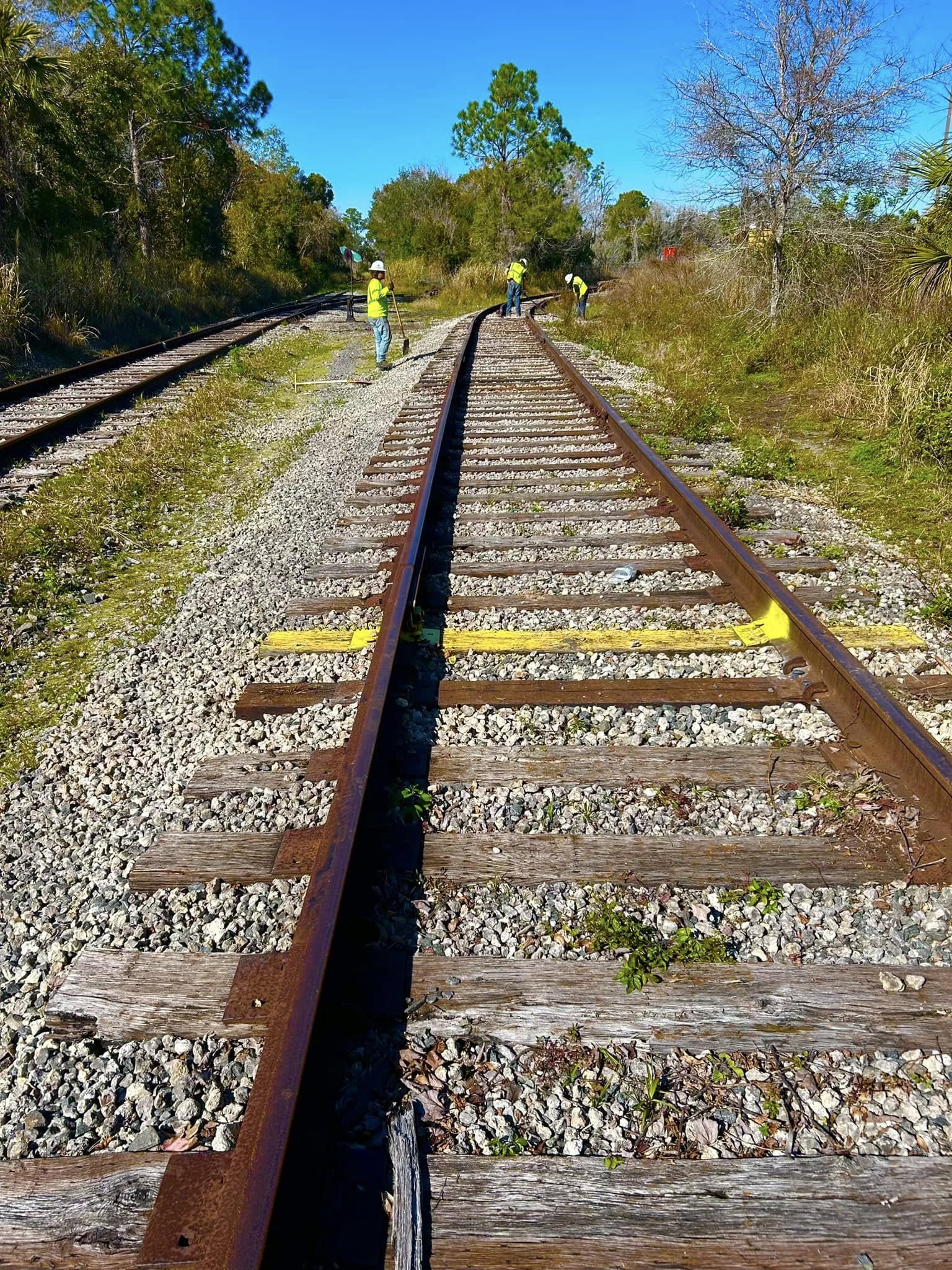Canada’s economic strength and connectivity rely heavily on its transportation backbone. Among the most vital components of this infrastructure are Rail systems, which have been instrumental in shaping the nation’s past, present, and future. As industries expand, populations grow, and supply chains become more complex, the need for professional railway construction and maintenance has never been greater. Companies like Universal Rail Systems are leading the way in ensuring that rail systems remain safe, efficient, and adaptable to the changing demands of Canada’s economy.
The Importance of Rail Systems in Canada
Rail systems are critical to both freight and passenger movement. For freight, they serve as the most cost-effective means of transporting large volumes of goods across long distances. For passengers, they provide a sustainable and reliable alternative to road and air travel. Without strong rail systems, industries such as agriculture, forestry, energy, and manufacturing would struggle to maintain competitiveness in domestic and international markets.
Beyond economics, rail systems also play a social role by connecting communities, enabling regional development, and supporting Canada’s commitment to reducing greenhouse gas emissions. They are not just about moving goods and people—they are about moving the country forward.
Professional Railway Construction
Building for Today and Tomorrow
The construction of modern rail systems requires expertise, precision, and advanced technology. Whether it’s laying new tracks, designing intermodal terminals, or expanding existing corridors, professional railway construction is essential to keeping Canada’s transportation network resilient.
Rail systems must be built to handle increasing volumes of freight and the rising expectations of efficiency. Advanced surveying tools, automated track-laying equipment, and state-of-the-art engineering practices ensure that new infrastructure is built to last. Companies specializing in construction also focus on integrating rail systems with ports, highways, and industrial facilities to create seamless logistics networks.
Safety as a Priority
Rail systems must adhere to the highest safety standards. Professional construction companies ensure that tracks, bridges, and crossings are designed and built with safety in mind. Proper planning and engineering help mitigate risks, prevent derailments, and protect both workers and communities. Safety is not an afterthought; it is embedded in every stage of rail systems construction.
The Role of Maintenance in Rail Systems
Preventing Downtime
Rail systems require constant upkeep to remain functional and efficient. Maintenance activities range from inspecting tracks and repairing signals to replacing worn components and upgrading equipment. Proactive maintenance helps prevent costly breakdowns and service interruptions.
Rail systems that are not properly maintained can cause supply chain disruptions, impacting industries nationwide. By investing in professional maintenance, Canada ensures the smooth flow of goods and passengers across its vast geography.
Modern Maintenance Practices
The evolution of rail systems has also transformed how maintenance is performed. Predictive analytics, drones, and smart sensors are increasingly being used to monitor infrastructure in real time. These technologies allow professionals to detect potential issues before they become major problems, reducing downtime and improving safety.
Rail systems that embrace these innovations not only extend the life of their infrastructure but also save money by avoiding emergency repairs. Professional maintenance ensures reliability and sustainability in the long term.
Challenges Facing Rail Systems in Canada
Harsh Weather Conditions
Canada’s diverse climate presents significant challenges for rail systems. From freezing temperatures in the Prairies to heavy snowfall in the North and coastal storms in British Columbia, weather can affect track stability, signaling systems, and train schedules. Professional construction and maintenance teams must design rail systems to withstand these conditions while minimizing disruption.
Capacity Demands
As Canada’s economy continues to grow, rail systems are under pressure to handle more freight and passengers than ever before. Expanding capacity while maintaining efficiency requires both new construction and enhanced maintenance practices. Investments in double tracking, modern signaling, and stronger infrastructure are essential to meeting these demands.
Environmental Responsibilities
Rail systems are already one of the most environmentally friendly forms of transport, but there is still room for improvement. The push for electrification, hybrid locomotives, and reduced emissions means that construction and maintenance practices must prioritize sustainability. By doing so, rail systems will remain a central part of Canada’s strategy to meet climate targets.
Universal Rail Systems: A Leader in Excellence
As Canada looks to the future, Universal Rail Systems stands at the forefront of railway construction and maintenance. With expertise across multiple disciplines, the company delivers projects that strengthen Canada’s rail systems while ensuring the highest standards of safety and quality. From large-scale infrastructure projects to day-to-day maintenance, Universal Rail Systems supports industries, communities, and the national economy.
The company’s dedication to innovation ensures that Canada’s rail systems continue to evolve with changing needs. By leveraging advanced technologies, sustainable practices, and professional expertise, Universal Rail Systems is shaping the future of transportation in Canada.
Conclusion
Rail systems are the backbone of Canada’s transportation network and a key driver of economic growth. Professional railway construction ensures that new infrastructure meets the demands of today and tomorrow, while maintenance keeps existing networks safe, efficient, and reliable. In a country as vast and diverse as Canada, the importance of rail systems cannot be overstated.
